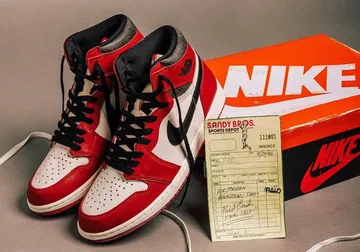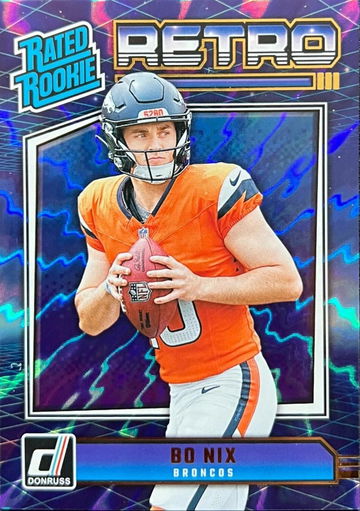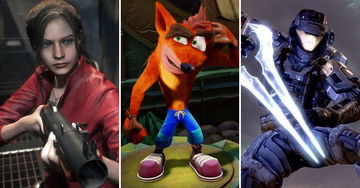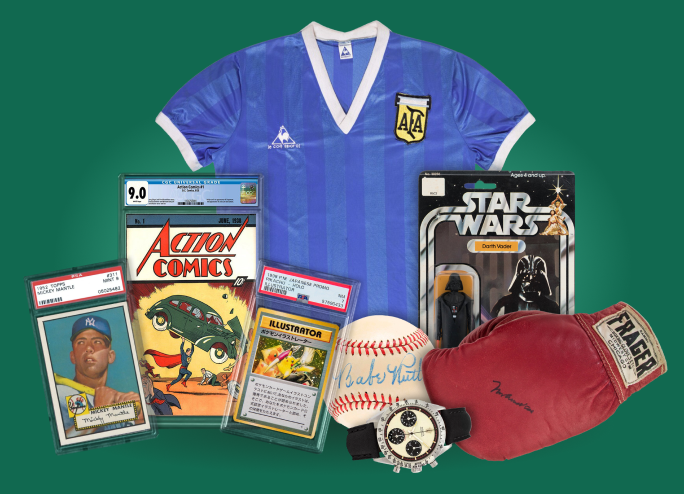
In Collectors MD
collectorsmd
May 16 2025
Edited
The Power of Nostalgia in Collecting
Published May 16, 2025 | By Alyx E, Founder of Collectors MD
Nostalgia is a powerful force. It’s not just a feeling—it’s a trigger. A portal back to simpler times, happier moments, or memories we crave. And in the world of collecting, nostalgia isn’t just a bonus—it’s a business model.
Manufacturers, brands, and platforms have mastered the art of weaponizing nostalgia. They know that for many of us, certain products aren’t just items—they’re time machines. They tap into our most treasured memories, promising a taste of the past, a reminder of a simpler era, or a chance to reconnect with who we were. And they leverage this to drive sales.
Take sneakers, for example—Jordan Retros are a perfect case study. A new release of the Air Jordan 1 “Chicago” can spark a frenzy, not just because it’s a stylish shoe, but because it’s a piece of history—a symbol of Michael Jordan’s dominance, a reminder of the first time you watched him play, or the pair you always wanted as a kid but couldn’t afford. It’s more than just leather and rubber—it’s a portal.
Sports card manufacturers are just as skilled at playing this game. Panini re-releases Donruss & Prizm Deca sets with retro designs, Topps revives its iconic 1986 throwback style, and Pokémon constantly revisits its Base Set with “Celebrations” and “25th Anniversary” editions. Even Magic: The Gathering has a “Secret Lair” series that brings back fan-favorite cards with old-school borders, tapping into the memories of longtime players.
But it doesn’t stop there.
Luxury brands re-release classic handbags, watches, and jewelry—knowing that buyers are drawn to timeless designs. Video game companies remake classic titles—Final Fantasy VII, Resident Evil, The Legend of Zelda: Ocarina of Time—using nostalgia as a selling point. Fashion brands bring back vintage collections, and even soft drink companies revive discontinued flavors just for a limited-time run.
But here’s the thing: nostalgia is a double-edged sword. It can bring genuine joy—reminding us of who we were, what we loved, and what made us feel safe. But it can also be a trap—leading us to spend money we don’t have on items that promise a feeling we can’t quite recapture.
Because that’s the catch with nostalgia: the memory is never exactly as we remember it. The thrill of ripping a pack of 1990 Donruss doesn’t feel the same in 2025 as it did when you were a kid. The “Chicago” Jordan 1s don’t turn you into Mike. The remastered video game doesn’t quite capture the magic of your first play-through.
So how do we protect ourselves from falling too deep into the nostalgia trap?
Ask yourself:
Are you buying this because it truly brings you joy—or because it reminds you of a time when things felt easier?
Are you collecting with intention, curating pieces that genuinely mean something to you—or are you trying to chase a feeling you can’t recreate?
Are you spending responsibly, or are you justifying reckless purchases because they promise a piece of your past?
Nostalgia can be a beautiful thing. It can help us reconnect with memories, bring joy, and provide comfort. But if we’re not careful, it can also become a trigger for compulsive spending, a way of trying to escape the present instead of enjoying it.
There’s nothing wrong with loving the classics. But make sure you’re collecting with clarity, not just chasing a feeling you can’t replay.
#CollectorsMD
Nostalgia should bring you peace, not pressure.
—
Follow us on Instagram: @collectorsmd
Subscribe to our Newsletter & Support Group
Join The Conversation On Mantel
Read More Daily Reflections






